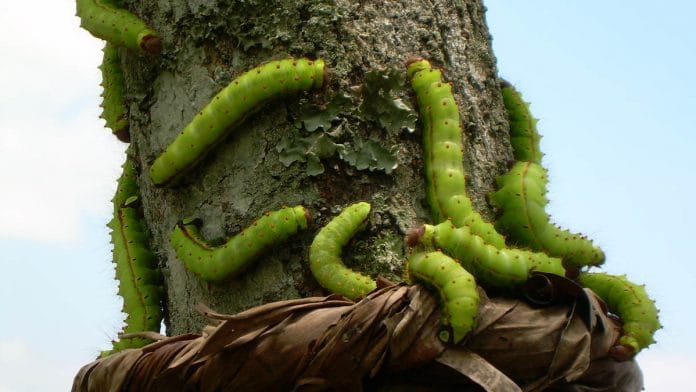New Delhi: Using proteins from Muga silk, scientists at IIT Guwahati have created a bioink with live cells that can be used for 3D printing of tissues, implants and even organs at relatively lower costs. The research may help bridge the gap between patients requiring organ implants and healthy donors.
Biman B Mandal’s Biomaterials and Tissue Engineering Laboratory at IIT-Guwahati has been working with silk proteins to create artificial implants that mimic the biological architecture of real tissues and bone cartilage.
His team has so far created prototypes of structural tissues such as bone, cartilage and knee-meniscus as well as soft tissues such as liver, heart and skin.
“Bioprinting has come a long way… We are now able to recreate minute architecture down to the micron level, which conventional methods were not able to do before,” Mandal said.
Mandal’s team has applied for a patent for the bioink made from Muga silk protein.
How it works
Scientists use MRI and CT scans to get a 3D model of the implant required by patients. The bioink is first incorporated with stem cells from the patients and then used to 3D print the artificial tissues.
These artificial tissues and organs are then matured in the laboratory before being implanted to replace the defective body parts.
Once implanted, the cells in the 3D printed patch grow and proliferate, while the silk protein will degrade into amino acids — giving space for damaged part of the organ to regrow, Mandal said.
This method does away with the need for an additional surgery to remove the implant. “When you use a 3D printer or bioprinter, the bioink should have certain properties,” Mandal added.
Liquid silk is used to create the bioink. This is obtained either by dissolving silk fibres into appropriate solvents or by direct extraction from silkworm glands.
Mandal’s laboratory has been working on creating artificial medical implants from silk proteins since 2012. They had earlier used silk proteins to create prototypes of artificial pancreas as well as an injectable gel to deliver insulin producing cells to treat diabetes.
The team has also developed implantable mats made of silk-proteins and bioactive glass fibres that can help treat arthritis. It also used silk–bone cement composite to create bone grafts.
Also read: Drumstick tea & chickpea ‘pasta’: Indian staples are now Western superfoods
Muga silk has natural ‘attachment’ sites
The bioink should be based on polymers that not only support live cells but also prevent them from getting damaged in the process of printing. The polymers should retain its properties throughout the printing process, Mandal explained.
“For tissue engineering applications, we are always looking for polymers which would allow the cells to stick to it, and also give a suitable space for cells to grow and proliferate faster. Generally, people use different types of polymers such as collagen. Scientists use chemicals to bind cells to these polymers,” he said.
“Muga silk has ‘attachment sites’ naturally available. This silk is abundantly found in India but not available in any other country,” he added.
Muga is a wild variety of silk found particularly in the Northeastern states and especially in Assam.
“If we compare the cost of this product with collagen — 10 grams of collagen will cost you over Rs 10,000, but 10 grams of silk will cost you something like Rs 2,” Mandal said.
He added that their process is much simpler than existing tissue engineering techniques. The team hopes that their research will pave the way for 3D printing fully-functional organ implants in the future.
The 3D printed structures can also have applications in checking toxicity of drugs, and artificial organs can further help reduce the need to test drugs on animals, claims Mandal.
Also read: Identity, music & Bhupen Hazarika: The man who united Assam, talked inclusivity






